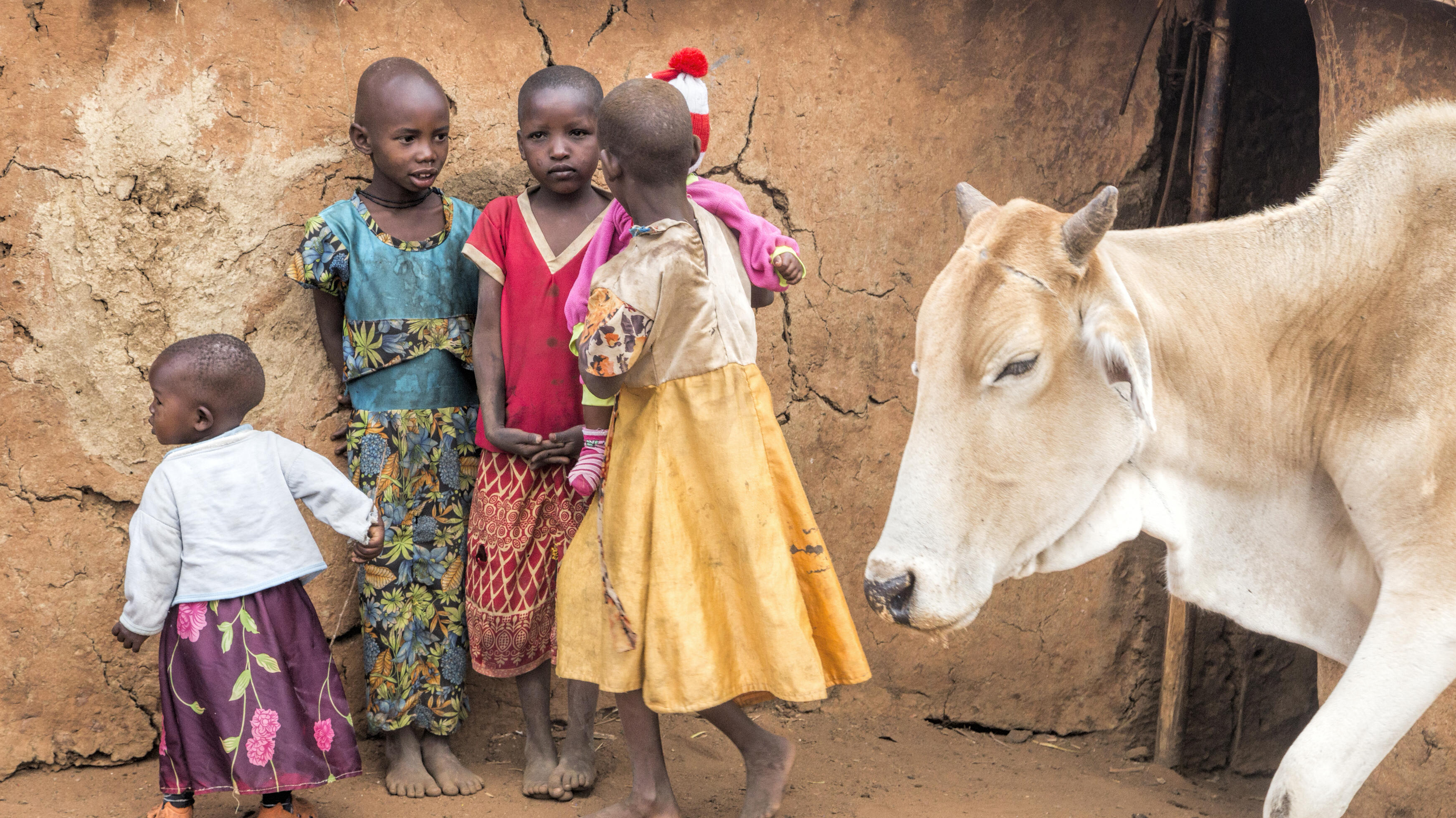
A new study led by a LSTM PhD student has shown that human and cattle decoys are able to trap malaria mosquitoes outdoors, which is important in the development of new vector control tools to tackle the disease.
Mosquitoes that spread malaria usually bite at night, and those that bite indoors are being controlled by long lasting insecticide treated bednets and indoor residual spraying with insecticide, but other strategies are needed to control those that bite outdoors. In order to develop new tools effective monitoring is of vital importance. According to the study, published in the open access journal Parasites and Vectors, researchers found that host decoy traps, which mimic humans or cattle by combining odour, heat and visual stimulus could be effective at measuring and controlling outdoor-biting mosquitoes in endemic regions.
LSTM PhD student, Bernard Abong’o is based at the Kenya Medical Research Institute and first author on the paper. He said: “In regions with high bed net coverage like western Kenya, mosquitoes are likely to rest and bite outdoors since bed nets prevent them from feeding indoors. With increased outdoor biting and resting of mosquitoes, it becomes extremely difficult to collect and study the vectors due to their wide dispersal in the outdoor environment. However, monitoring of outdoor-biting mosquito populations is important in understanding mosquito species composition, densities and more importantly malaria transmission in regions with high bed net coverage.”
The researchers, which also include LSTM’s Professors Feiko ter Kuile, Steve Torr and Bernard’s PhD supervisor Martin Donnelly, compared the human landing catch, the current gold standard trap, with host decoy traps baited with either human or cattle odour. In two experiments, carried out in two villages in Western Kenya in May and June 2017, the team found that the cattle-baited trap was consistently more effective than either the human-baited trap of the human landing catches.
In total they collected nearly two thousand mosquitoes confirming that outdoor biting occurs for all of the main malaria vector species, including An. arabiensis, which was caught in both cattle and human baited traps. The authors feel that this suggests the exitance of a large population, previously thought to predominately feed on cattle blood, but the attraction to human baited traps illustrates the diversity of feeding behaviour, which might make it difficult to sample and control by established methods.
Mr Abong’o said: “Host decoy traps may provide us with a new system to monitor and potentially control outdoor-biting mosquitoes and to obtain insights into their host choice, while minimising the risk to human volunteers otherwise exposed to mosquitoes during landing catches.”
Host Decoy Trap (HDT) with cattle odour is highly effective for collection of exophagic malaria vectors
Bernard Abong’o, Xiaoyu Yu, Martin J. Donnelly, Martin Geier, Gabriella Gibson, John Gimnig, Feiko ter Kuile, Neil F. Lobo, Eric Ochomo, Stephen Munga, Maurice Ombok, Aaron Samuels, Stephen J. Torr and Frances M. Hawkes
Parasites & Vectors201811:533
https://doi.org/10.1186/s13071-018-3099-7(link is external) © The Author(s). 2018
Received: 8 May 2018 Accepted: 5 September 2018 Published: 15 October 2018